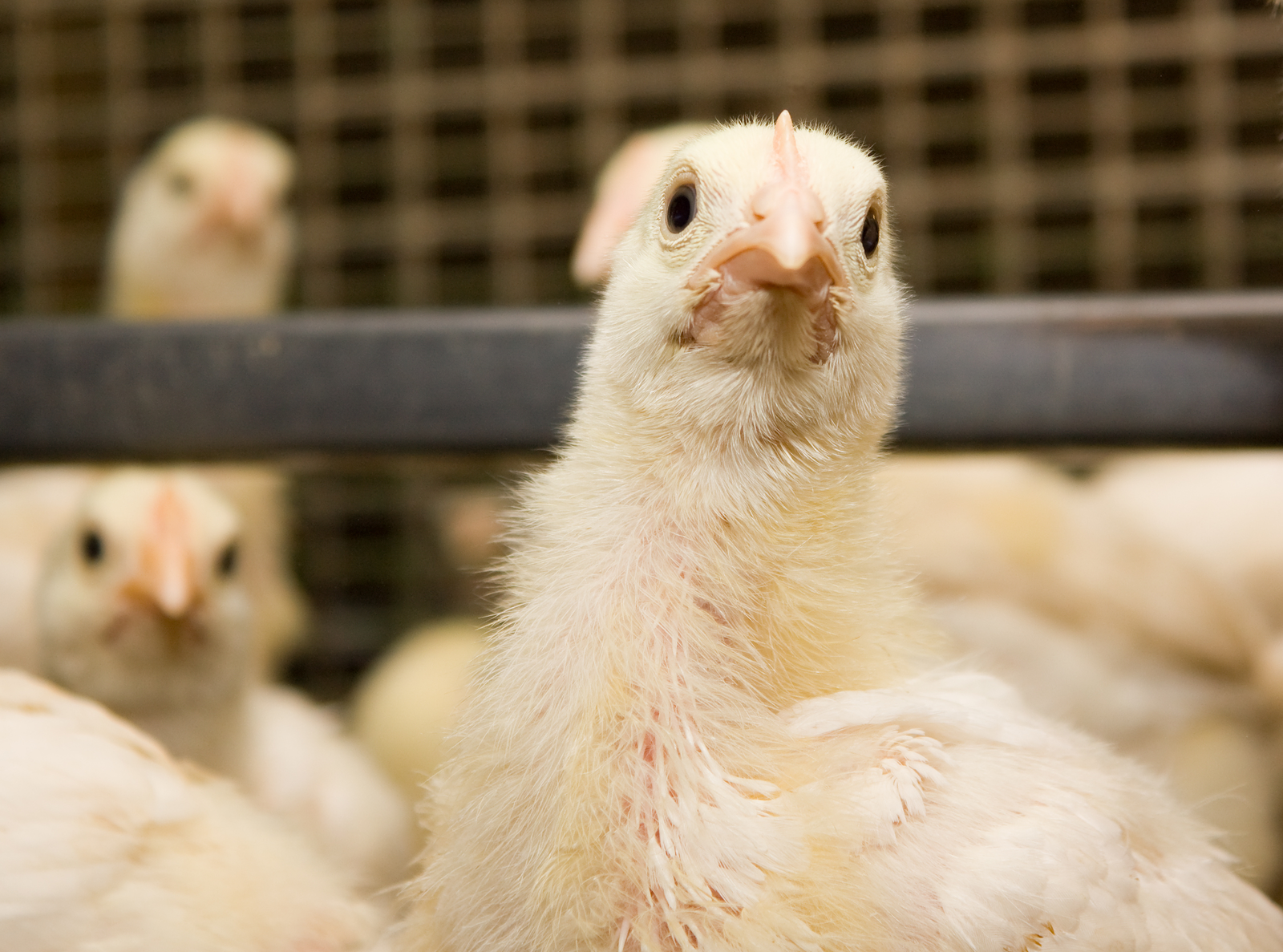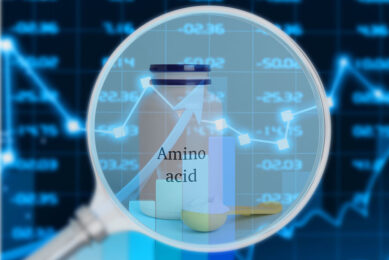Optimised phytase dosing can differentiate your business

Despite phytase’s proven mode of action in monogastric animals and the fact that there has been an ~80% improvement in its affordability since the mid-1990s (while inorganic phosphorus prices have risen over six fold in the same period), industry standard doses have remained the same – 500 FTU for broilers and young pigs, and 300 FTU for layers – since they were introduced over 23 years ago.
At that time, little was known of phytate – the form in which phosphorus is naturally stored in feed raw materials- which today has been recognised as the largest threat to animal performance and producer profitability. Phytate should, in theory, be a valuable source of phosphorus, but this phosphorus ‘pool’ remains largely unobtainable to the bird because their own enzymes can’t degrade phytate effectively. Even average levels of phytate have been shown to reduce feed intake and growth performance by impacting the availability of essential minerals and amino acids, and wasting vital energy.
Optimal pH of activity
The strategic use of phytase, -which in simple terms has been shown to break down phytate and make more minerals and amino acids available to the bird – can have a significant, positive impact on broiler performance, as well as contributing substantially to feed costs savings. Choosing a phytase with strong bio-efficacy – high activity at the low pH conditions prevailing in the animal’s upper digestive tract – is the key to success. Danisco Animal Nutrition’s Axtra® PHY has an optimal pH of activity which better matches that in the proventriculus and gizzard of a broiler, where the pH can be as low as 2.5 and feed has a residency time of 40 to 60 minutes. The activity of Axtra® PHY at pH 4.0 is almost double the activity at pH 5.5, the level at which all commercial phytases have their activity standardized and much higher than other phytases (Figure 1). In pigs, where the residency time of feed in the stomach is more like 3 hours, Axtra® PHY it also perfectly matches the need for a broad pH activity profile. The other factor that has been shown to impact phytate degradation is the dose of phytase used. This should be determined through proper application of evidence-based matrices that vary according to factors such as the age of the animal, levels of phytate and available nutrients in the diet, and health status.

Extra-phosphoric nutrients
Research has shown that achieving maximum degradation of phytate is also a key factor in the release of ‘extra-phosphoric’ nutrients (e.g. amino acids and energy). Shan & Davis (1994), Cabahug et al (1999) Sands et al (2004) Woyengo et al (2012) have shown that high dietary phytate-phosphorus levels reduce feed intake and growth performance, while other research has shown that digestibility and “extra phosphoric benefits” can be amplified for layers using Axtra® PHY doses higher than 500FTU (1000-2000 FTU), as long as the diet contains sufficient phytate (Figure 2). Increasing the dose of Axtra® PHY by two to three times the industry standard FTU for broilers was shown to double or triple the speed of phytate hydrolysis and shave two and a half days off production time. The risk of phosphorus deficiencies at higher dosing has also been shown to be lower.

Positive effect on growth
Axtra® PHY at doses of 1000 FTU has also been proven to improve sodium – and therefore also protein, glucose and nutrient – absorption from the gut in broilers, with positive effects on growth performance (Truong et al, 2015b, Liu et al, 2014) and Peter Selle presentation “Phytase- Immature or Mature?”, which was first given at Eurotier’s “Future of Feed Enzymes” event.
Join 26,000+ subscribers
Subscribe to our newsletter to stay updated about all the need-to-know content in the feed sector, three times a week. Beheer
Beheer









 WP Admin
WP Admin  Bewerk bericht
Bewerk bericht